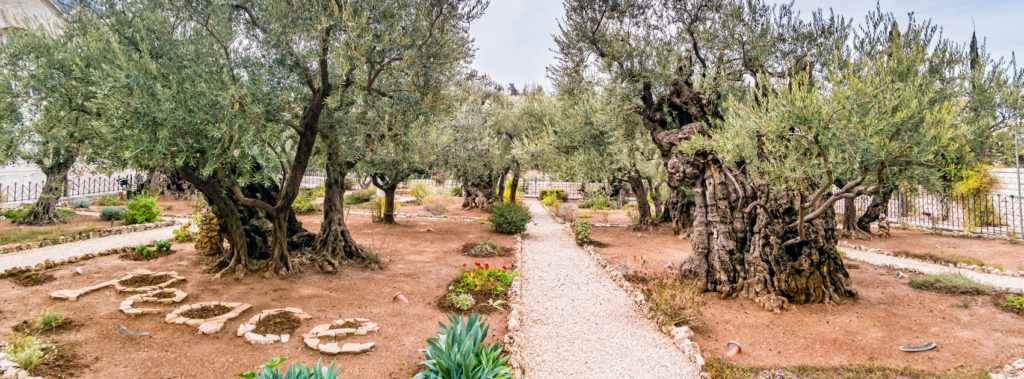Christians throughout the world have long revered the ancient olive trees located in the historic Garden of Gethsemane. Many of the trees in the garden are hundreds of years old, but there are some that experts believe could have been standing during the time of Christ Himself.
It is fitting that these ancient olive trees should stand in one of the most important places to the Christian faith. The Garden of Gethsemane is, according to Christian tradition, the location at which Christ prayed on the night of the last supper, and where He was betrayed by Judas and then ultimately taken into Roman custody, leading to His death by crucifixion.
Carbon dating has shown that samples taken from the oldest portions of the trunks of three of the garden’s olive trees came from the years 1092, 1166, and 1198. But while some of these old, gnarled trees might be only a mere thousand years old, they could technically be from the same plants from the time of Christ, as olive trees are capable of growing back from the roots after they have been cut down or otherwise damaged.
There are eight olive trees in total at Gethsemane. The other five trees cannot be tested, because they are so old and gnarled that the trunks are now hollow, meaning only newer growth sections of the trees are able to be tested.
The grove is located at the Mount of Olives in Jerusalem, which is an extremely important site for Christians, Jews, and Muslims alike. The trees continue to be in excellent health, and have even managed to withstand a fair amount of lead pollution in the area.
Analysis of the DNA from these trees found they were all derived from the same parent plant, which likely was accomplished in an effort to preserve a particular lineage of trees. Experts say this was likely a deliberate attempt to preserve the heritage of these trees for future generations, meaning that if they are not the same trees that were present in the garden during the time of Christ, they are at least directly descended from them.
It is fascinating to consider the age of these trees and the history they have seen. They are an extremely important part of one of the world’s most important religious sites, and just another example of the importance of olives and olive trees to Israel!
